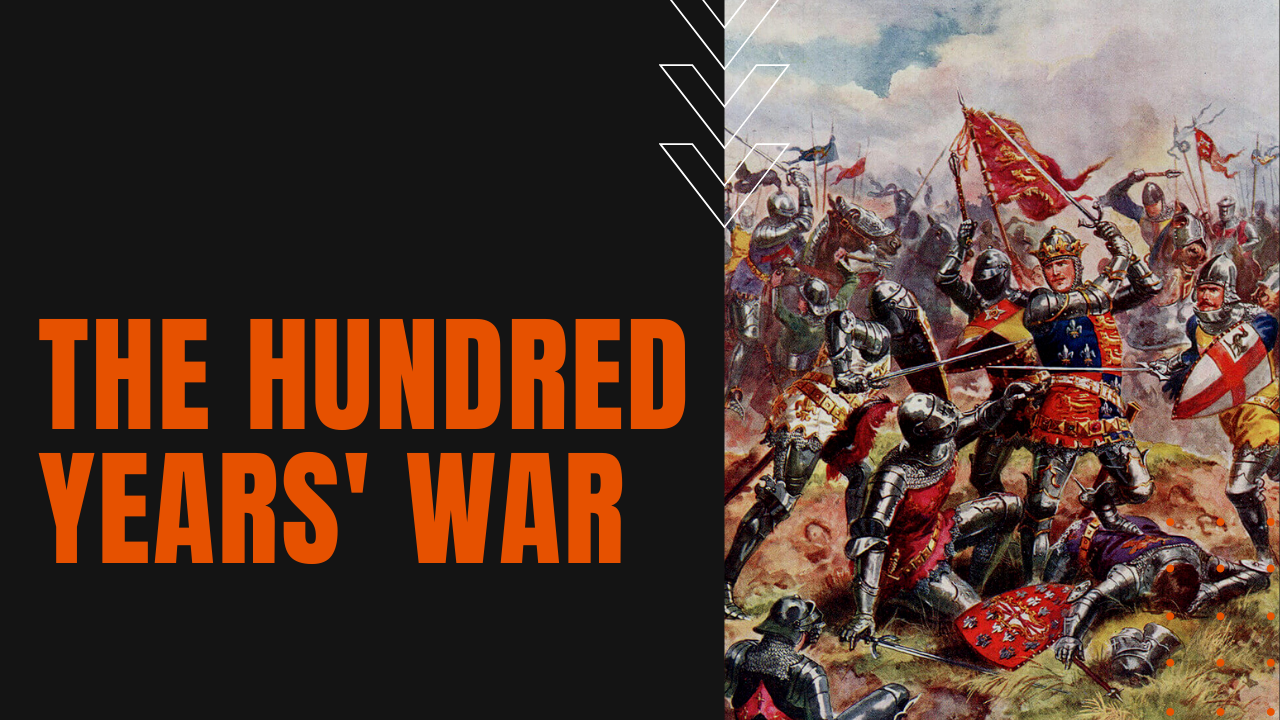Hundred Years’ War

The root causes of the Middle Ages’ longest-running war can be traced to the crises of 14th-century Europe, which was a period of rising tension between the kings of France and England, involving territorial disputes in Gascony, Flanders and Scotland.
As a result of these simmering disagreements, the Hundred Years’ War was a series of conflicts fought in Western Europe from 1337 to 1453, waged between the House of Plantagenet and the House of Lancaster, which comprised the dual rulers of the Kingdom of England on the one side, and the House of Valois over the right to rule the Kingdom of France.
How Long did the Hundred Years’ War Last?
The hundred years’ war was fought over a period of 116 years and five generations of kings from two rival dynasties, marking both the height of aristocratic chivalry during the Middle Ages, as well as its subsequent decline.
Two factors lay at the origin of the conflict. First was the status of the duchy of Guyenne or Aquitaine, and while the territory belonged to the kings of England, it remained inside the geographic boundaries of the French crown.
As for the second trigger point, after the last direct Capetian French king had died in 1328—King Charles IV—beginning in 1337, the kings of England lay claims to the crown of France.
French Financing vs. English Armies
As the battles ensued, while the french kings possessed the financial and military resources of the most populous and powerful state in western Europe, the more sparsely populated English kingdoms possessed superior expeditionary armies, as well as disciplined longbow defensemen to stop cavalry charges, which led to repeated victories over the French.
England’s most predominant early victories occurred during a naval battle as Sluys in 1340, a land battle at Crecy in 1346 and Poitiers in 1356. After the Treaty of Calais brought about a temporary peace, which granted complete independence to the duchy of Guyenne, French King Charles V successfully reconquered the area in a series of sieges.
Henry The Fifth of England renewed the war in 1415, conquering Agincourt and later Normandy. In 1429, courtesy of Joan of Arc, the siege of Orleans was lifted, followed by the liberation of Paris and Ile-de-France from 1436-1441.
In 1450, King Charles VII would recapture the duchy of Normandy at the Battle of Formigny, then took Guyenne during the 1453 Battle of Castillon. The end of the more than 116-year war was never marked by a formal peace treaty, but died out died out after the English acknowledged that the French army had grown too dominant to be directly confronted.
